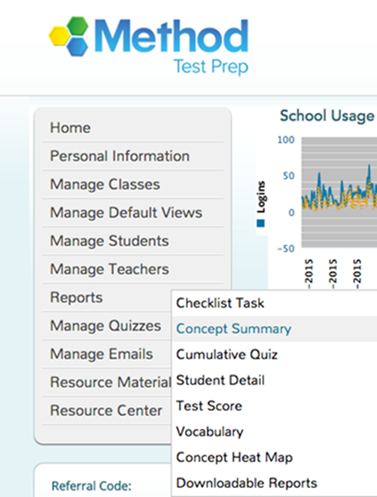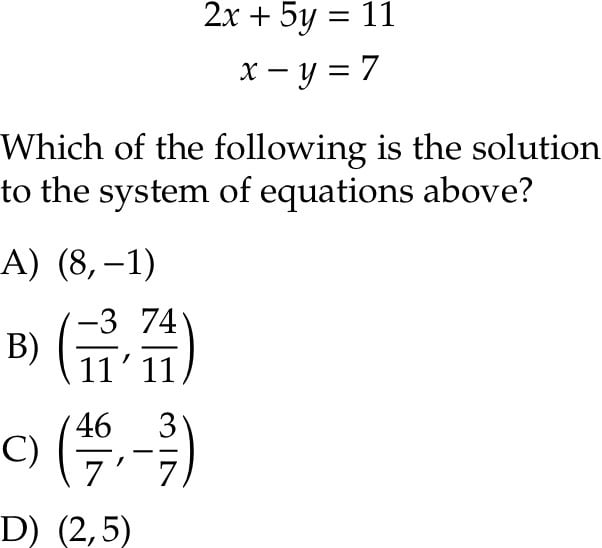We Need to Teach Our Students Financial Literacy

I received a great education in a typical American suburban school district. But despite the quality of my schools, they left a gap in one key learning area: financial literacy. Beyond a rudimentary half-year class in economics, none of my coursework delved into topics such as stocks, bonds, banking, and debt. I happened to grow up in New York, but in speaking with educators and families from around the country, I’ve learned that my K–12 experience would have been similar most everywhere else. And even though I was last a public school student over 30 years ago, the experience of many of today’s students is much the same. This is a problem. As costs rise and financial instruments become more complex, students need to be better prepared to make decisions regarding college loans and debt, monthly expenses, owning versus renting, saving and investing, insurance, and more.
Increasingly, there are calls to rectify this educational shortcoming. Eleven states—Alabama, Florida, Iowa, Mississippi, Missouri, Nebraska, North Carolina, Ohio, Tennessee, Utah, and Virginia—now require that their students complete a financial literacy course to graduate. And the momentum for transforming financial literacy from a supplemental or elective topic into a mandatory one is growing. Across 21 additional states, there are now 41 bills whose goal is to make financial literacy a core part of what students learn in school.
Unfortunately, there exist a limited number of comprehensive online programs that educators can use to teach financial literacy. Teachers need tools that are extremely student-friendly and provide reports that allow them to easily hold the students accountable for completing the curriculum. In addition, they need a platform flexible enough to accommodate constantly evolving subject matter. Topics such as cryptocurrency, the “gig economy,” and the “sharing economy” wouldn’t have been part of a financial literacy program even ten years ago.
Here at Method Learning, we have spent the last few years creating Methodize, a platform that gives teachers and students access to a range of high-quality courses, including a financial literacy course. Feedback from teachers on the course has been positive; they have commented that it serves a variety of purposes. Many use the course to ensure a thorough understanding of basic concepts on which they can layer class activities. Other teachers use the program for “do now” activities, for when students finish other work early, or for when they need simple plans for a substitute.
Regardless of the specifics of just how financial literacy is taught in schools, there is growing acknowledgement that if students are going to be financially literate, they must become so in school. A 2017 survey from T. Rowe Price revealed that only 23% of surveyed students frequently spoke to their parents about money. Only 31% of Americans aged 18–26 felt their high school education did a good job teaching them healthy financial habits. And for young people today, it’s not as if the financial landscape is becoming less complicated. Bad actors are constantly finding new ways to use technology to trap people in financial scams. The failure to teach financial literacy is setting up today’s youth to fail in very important aspects of their lives.
As with so many challenges we face today, one of the primary solutions here lies in education. We need to make financial education a priority and provide teachers and students with different tools to deliver the material as efficiently as possible.


